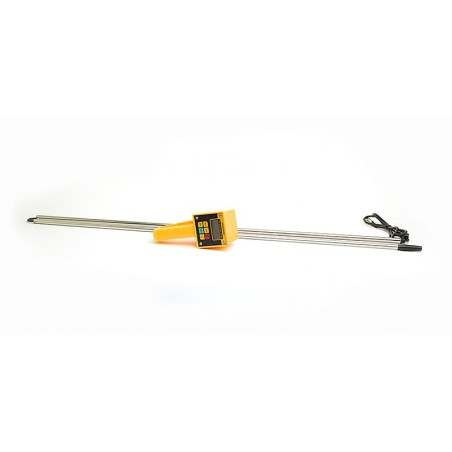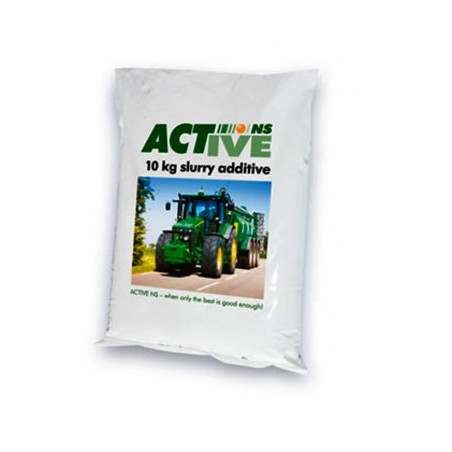Few data are available on the gaseous emissions associated with the different modalities of rearing sows on deep-litter. In this study, two modalities were compared: group housing on a 3 m2/sow deep-litter or on a 1.8 m2/sow deep-litter plus 1.2 m2/sow concrete floor. In both cases, sows were fed in individual feeding stalls (1.2 m2/stall) but the access was limited at feeding time in the first case and permanent in the second one.
Three successive batches of 10 gestating sows were used. Each batch was divided into 2 homogeneous groups randomly allocated to one of two treatments: fully (3 m2/sow) or partly (1.8 m2/sow) straw-based deep-bedded floor. The groups were kept separately in two identical rooms with same volume and same surface, equipped with five individual feeding stalls in contact with a pen of either 9 or 15 m2 deep-litter. The gas emissions (nitrous oxide, methane, carbon dioxide, ammonia and water vapour) were measured 3 times (weeks 2, 5 and 8 of stay) during 6 consecutive days by infrared photoacoustic detection.

Sow performance was not significantly affected by floor type. With sows kept on partly bedded floor, gaseous emissions were significantly greater for methane (12.76 vs. 9.90 g/d.sow; P<0.001), carbon dioxide (3.12 vs. 2.90 kg/d.sow; P<0.01) and water vapour (4.70 vs. 4.03 kg/d.sow; P<0.001), and significantly lower for nitrous oxide (3.14 vs. 6.12 g/d.sow; P<0.001) and CO2 equivalents (1.24 vs. 2.10 kg/d.sow; P<0.001) compared to sows housed on fully bedded floor. There was no significant difference for ammonia emissions (8.36 vs. 7.45 g/d.sow; P>0.05).
From the present trial in experimental rooms, it can be concluded that keeping group-housed gestating sows on partly straw bedded floor with permanent access to the concrete feeding stalls compared to fully straw bedded floor did not significantly influence animal performance and NH3-emissions, and decreased CO2eq-emissions (−40%). This decrease was observed owing to an important decrease of N2O-emissions (−49%).
F.X. Philippe, M. Laitat, J. Wavreille, B. Nicks, J.F. Cabaraux. Influence of permanent use of feeding stalls as living area on ammonia and greenhouse gas emissions for group-housed gestating sows kept on straw deep-litter. Livestock Science. Volume 155, Issues 2–3, August 2013, Pages 397–406. doi:10.1016/j.livsci.2013.05.005





